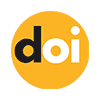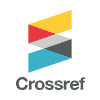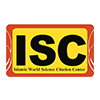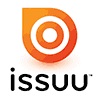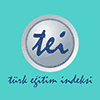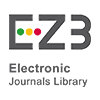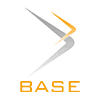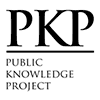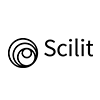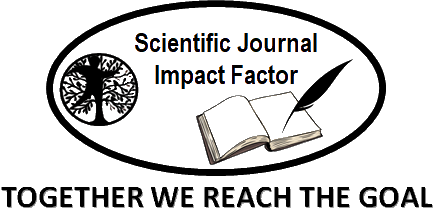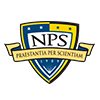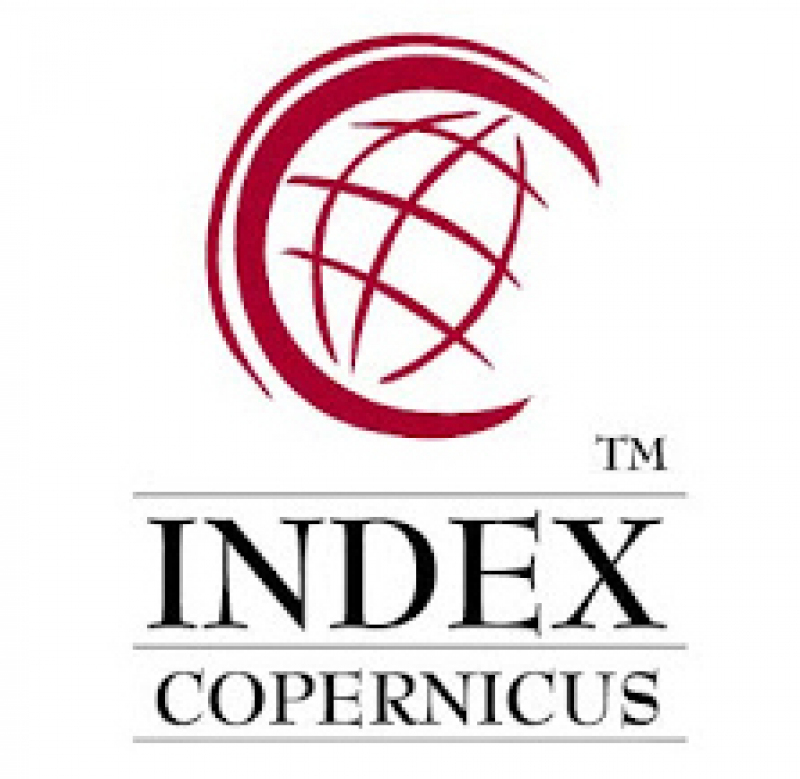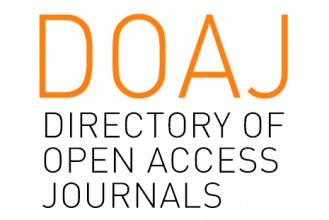English Language Development of Young Learners: Instruction for Enhancing Oral and Written Skills
Abstract
This article aims to explore the various aspects of English language development among young learners, with a specific focus on enhancing their oral and written skills. By investigating the instructional approaches and strategies that have proven successful in promoting language growth, educators and practitioners can design more effective language programs and interventions. In conclusion, the instruction and assessment of oral and written language skills are essential for young learners as they facilitate effective communication, cognitive development, academic achievement, literacy skills, social interaction, confidence, self-expression, and cultural awareness. Research has shown the significance of oral language in the development of speaking and writing skills and its correlation with academic achievement. Learning to write and speak in English requires the acquisition of knowledge and skills at various levels and dimensions, and teachers should consider children's cognitive and physical growth while providing a variety of language tasks and activities. Overall, recognizing the complexity of the oral and writing process can support young learners, ensuring their success in English language development.
Keywords
Full Text:
PDFReferences
Beril, D.P. and M. Gall. 2000. Penpal Programs in the Primary Classroom. Markham, ON, Canada: Pemroke Publishers.
Cameron, L. 2001. Teaching Languages to Young Learners. Cambridge, UK: Cambridge University Press.
Castles, A., Rastle, K., & Nation, K. (2018). Ending the reading wars: Reading acquisition from novice to expert. Psychological Science in the Public Interest, 19(1), 5-51.
Clay, M. M. (1975). What did I write? Beginning writing behaviour. Portsmouth, NH: Heinemann.
Dickinson, David & Tabors, Patton. (2001). Beginning Literacy with Language: Young Children Learning at Home and School.
Dorn, L.J. and C. Soffos. 2001. Scaffolding Young Writers: A Writers’ Workshop Approach. Portland, ME: Stenhouse Publishers.
Dougherty, C. (2014). Starting off strong: the importance of early learning, American Educator. 18 (2), 14-18.
D. Ray Reutzel , & Dr. Robert B. Cooter, Jr. (2011). Teaching Children to Read: The Teacher Makes the Difference (6th Edition). Boston: Pearson.
Gronlund, G. and B. Engel. 2001. Focused Portfolios: A Complete Assessment for the Young Child. St. Paul, MN: Red Leaf Press, A Division of Resources for Child Caring.
Lervåg, A., Hulme, C., & Melby‐Lervåg, M. (2018). Unpicking the developmental relationship between oral language skills and reading comprehension: It's simple, but complex. Child development, 89(5), 1821-1838. 40.
Linse, C. T. (2005). Practical English Language Teaching: Young Learners. New York: McGraw-Hill.
Olson, CB. 2003. The ReadingWriting Strategies for Teaching and Learning in the Secondary Classroom. Boston, MA: Allyn and Bacon.
Rubin, Renée & Carlan, Verónica. (2005). Using Writing to Understand Bilingual Children's Literacy Development. Reading Teacher - READ TEACH. 58. 728-739. 10.1598/RT.58.8.3.
Sokolik, M. 2003. Writing. In D. Nunan (ed.), Practical English Language Teaching New York, NY: McGraw-Hill, 87-107.
Vaca, J.L., R.T. Vaca, and M.K. Grove. 1995. Reading and Learning to Read. New York, NY: Harper Collins.
DOI: http://dx.doi.org/10.18415/ijmmu.v12i4.6918
Refbacks
- There are currently no refbacks.
Copyright (c) 2025 International Journal of Multicultural and Multireligious Understanding

This work is licensed under a Creative Commons Attribution-NonCommercial-NoDerivatives 4.0 International License.
https://ijmmu.com
editor@ijmmu.com
facebook.com/ijmmu
Copyright © 2014-2018 IJMMU. All rights reserved.





